Census of India: 1931, Rajputana Agency
Publisher:
Manohar
| Author:
B.L. Cole
| Language:
English
| Format:
Hardback
₹2,500 ₹2,000
Save: 20%
In stock
Ships within:
1-4 Days
In stock
| Book Type |
|---|
Page Extent:
248
The publication of decennial census reports was initiated by the British Government during the middle of the nineteenth century and has been continued after independence. Questions of reliability and bias in the compilation of information as well as motivations which informed the publication of these reports have been raised and are relevant to every user of census reports. Even so, the censuses were often conducted with painstaking efforts and have preserved for us extremely wide-ranging information on the social, economic and political aspects of Indian life. They contain information on the distribution and age structure of the population, castes and communities, patterns of occupation, patterns of landholding and tenancy, health, migration, language, and education, etc., to name just a few aspects of the panorama of Indian society. For researchers interested in understanding Indian life, the reports of the decennial census compiled by British officers remain, despite the problems of bias, misunderstanding or conscious distortion, an invaluable source of information. Census reports have, as a rule, been used by demographers, economists and economic historians, and a great deal of this use has been limited to the statistical data contained in them. From the viewpoint of the sociologists and social historians the census reports are invaluable sources of information and can provide useful materials on how the different sections of Indian society responded to the processes set in motion by British rule.
Be the first to review “Census of India: 1931, Rajputana Agency” Cancel reply
Description
The publication of decennial census reports was initiated by the British Government during the middle of the nineteenth century and has been continued after independence. Questions of reliability and bias in the compilation of information as well as motivations which informed the publication of these reports have been raised and are relevant to every user of census reports. Even so, the censuses were often conducted with painstaking efforts and have preserved for us extremely wide-ranging information on the social, economic and political aspects of Indian life. They contain information on the distribution and age structure of the population, castes and communities, patterns of occupation, patterns of landholding and tenancy, health, migration, language, and education, etc., to name just a few aspects of the panorama of Indian society. For researchers interested in understanding Indian life, the reports of the decennial census compiled by British officers remain, despite the problems of bias, misunderstanding or conscious distortion, an invaluable source of information. Census reports have, as a rule, been used by demographers, economists and economic historians, and a great deal of this use has been limited to the statistical data contained in them. From the viewpoint of the sociologists and social historians the census reports are invaluable sources of information and can provide useful materials on how the different sections of Indian society responded to the processes set in motion by British rule.
About Author
Reviews
There are no reviews yet.
Be the first to review “Census of India: 1931, Rajputana Agency” Cancel reply
[wt-related-products product_id="test001"]
Related products
RELATED PRODUCTS
1965 A WESTERN SUNRISE INDIA’S WAR WITH PAKISTAN (HB)
Save: 10%
WAITING FOR SWARAJ: INNER LIVES OF INDIAN REVOLUTIONARIES
Save: 20%




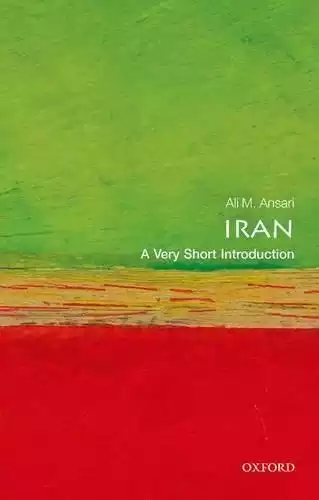
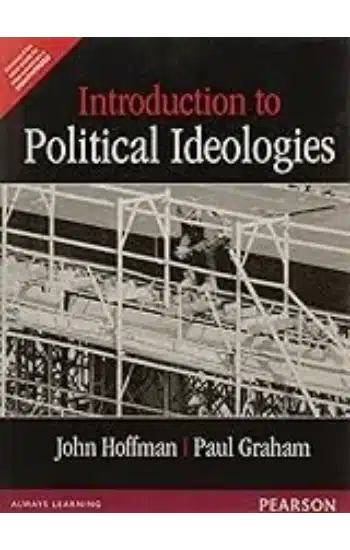

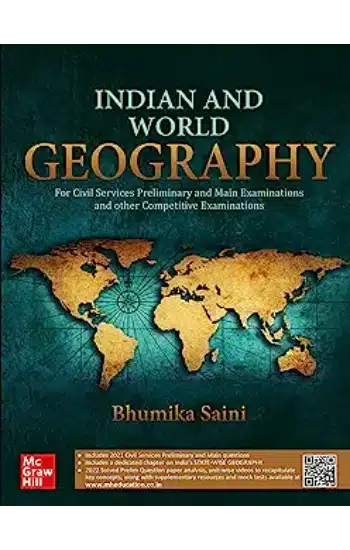
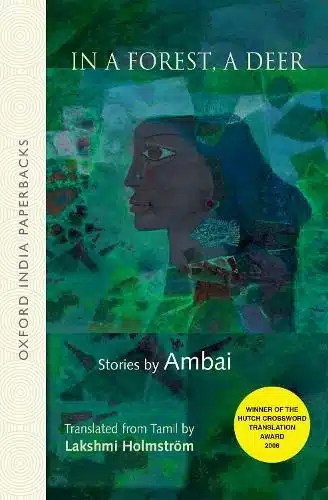


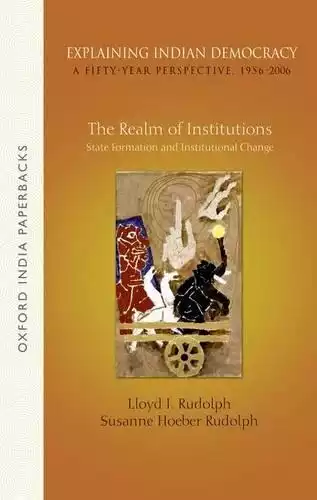
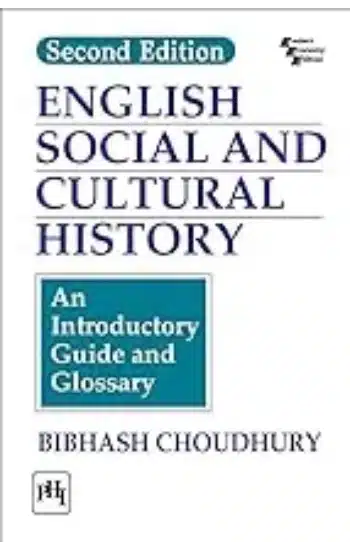
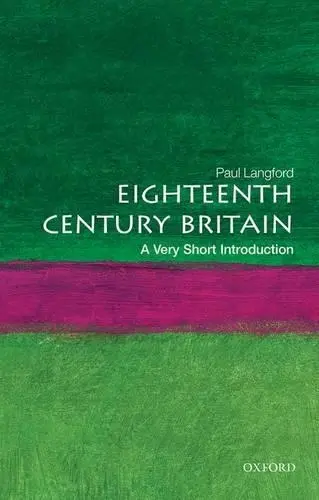



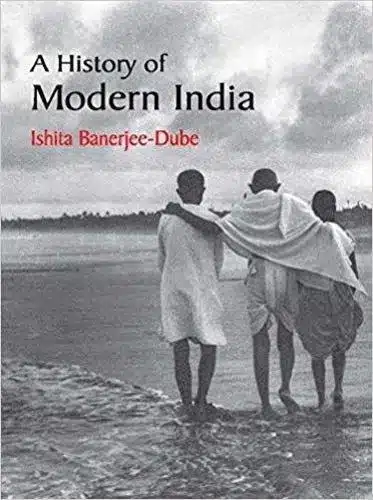
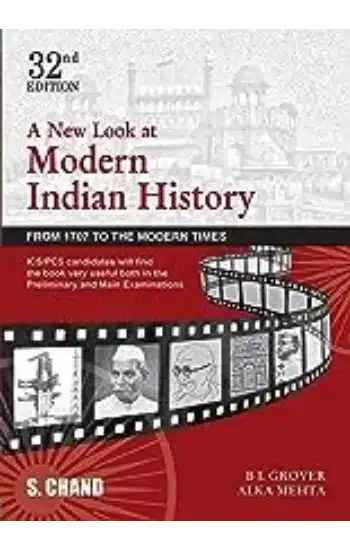


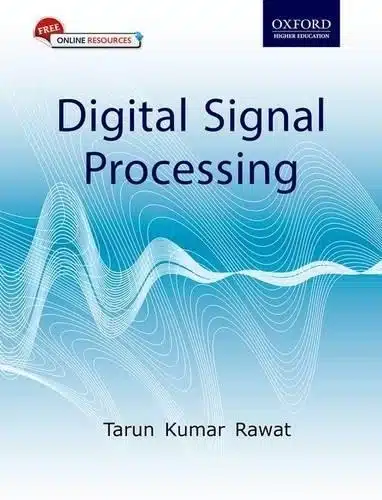
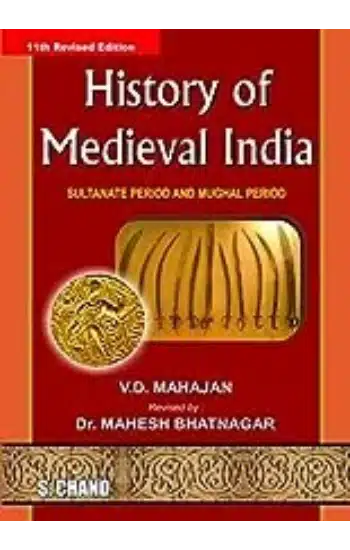

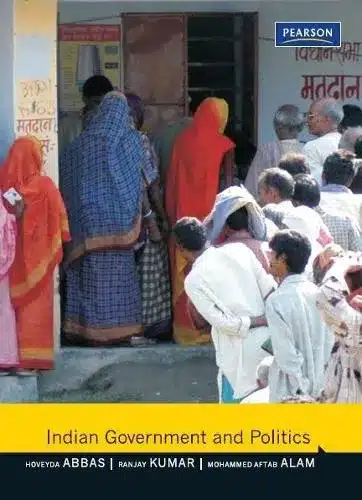




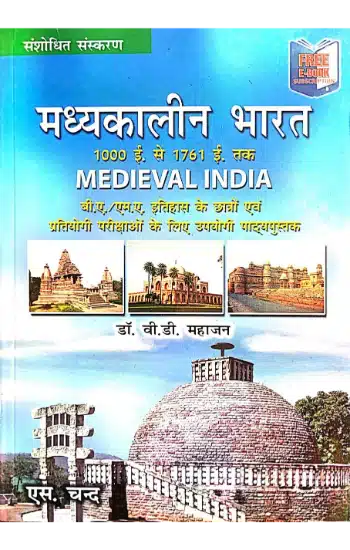


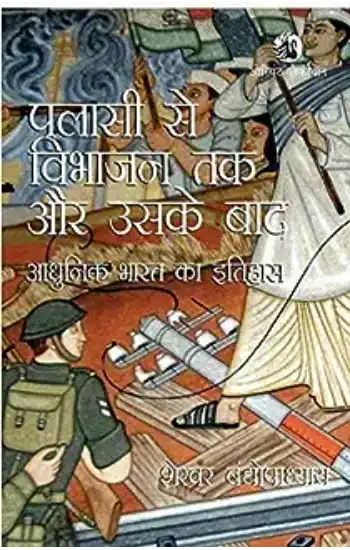

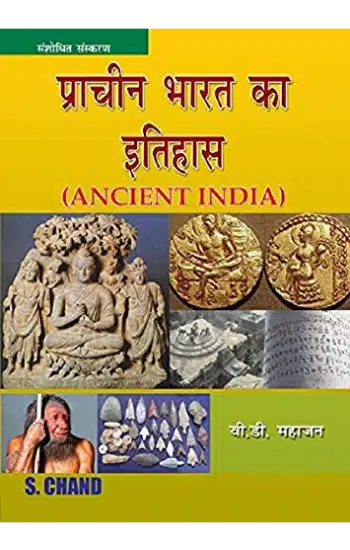

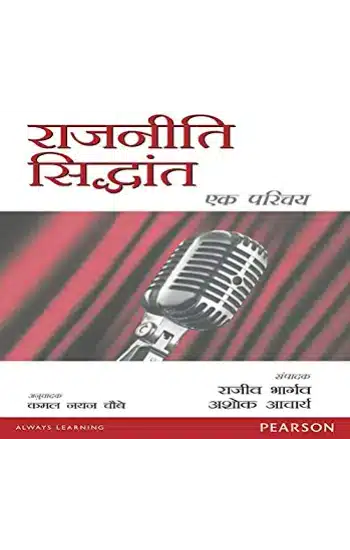




Reviews
There are no reviews yet.